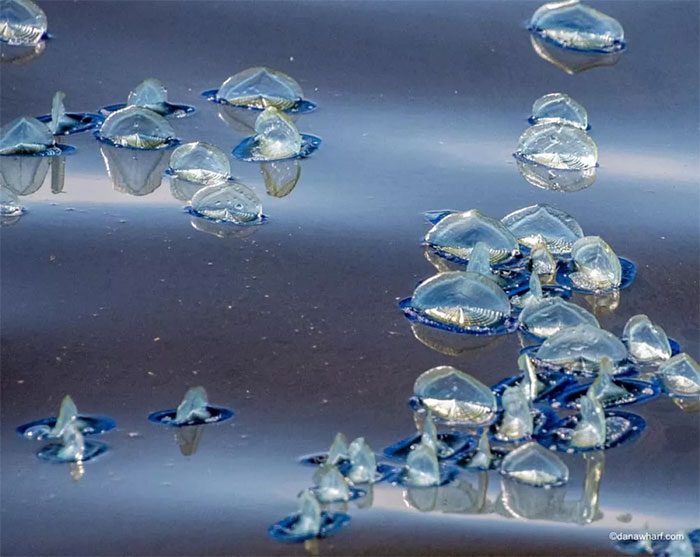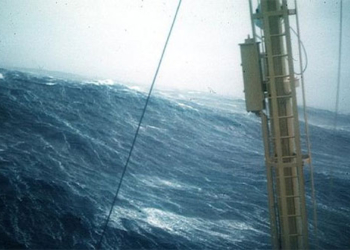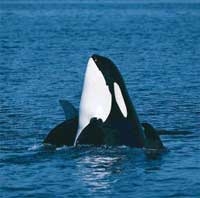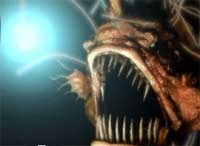Thousands of strange, dark blue creatures wash up on beaches across California, leaving the shorelines looking like they are covered in debris and causing confusion for tourists from Marin County to Orange County.
These oval, flat creatures with small blue tentacles may initially resemble tiny jellyfish, but they are actually a species of hydrozoan known as Velella velella, commonly referred to as the “by-the-wind sailor.”
Equipped with a sturdy, translucent sail that runs along their upper body, these creatures move across the ocean’s surface in large numbers, carried by the wind, which has recently brought thousands of them ashore, notably on beaches in California.

Thousands of creatures known as “by-the-wind sailors” have washed up on the Southern California coast. (Photo: Los Angeles Times).
Nona Reimer, a former teacher and now a naturalist educator for tourists with a local company, stated on April 9 that hundreds of Velella velella surrounded her whale-watching boat near Dana Point during a trip with Dana Wharf Whale Watching.
“We are seeing hundreds, possibly thousands,” she said. “It’s unusual to see them in such numbers.”
On April 10, California State Parks reported that these invertebrates washed up on the shores of Crystal Cove in Newport Beach, as well as around wrecks discovered to the north, such as those at Point Reyes National Seashore, north of San Francisco. They have also been spotted in San Clemente, Manhattan Beach, and along other Southern California beaches.
A small number of these creatures typically wash ashore in the spring and summer without drawing much attention, but Bruno Pernet, a biology professor at Cal State Long Beach, noted that every few years, food conditions can lead to a population surge, and winds push them ashore.
“This is not uncommon, but it happens every few years,” he said.
Professor Pernet explained that these small creatures rely entirely on wind, ocean currents, and food availability, conditions that sometimes bring them along the coastlines of Northern and Southern California. Warmer waters may provide them with more food.
Scientists believe these creatures use their blue coloration as camouflage to evade predators.
This species is related to the Portuguese man o’ war, which can deliver a painful sting, but the tentacles of Velella velella are mostly harmless, Pernet clarified.
However, officials warn that tolerance levels vary among individuals, and it’s best not to touch the tentacles if they are found on the sand.
Professor Pernet also pointed out that these creatures tend to orient themselves with a characteristic “right-hand or left-hand” pattern—meaning their sails face either right or left. It’s likely that the groups of “by-the-wind sailors” that have washed ashore in recent days are primarily right-hand or left-hand oriented.
On a trip on April 8, Reimer, also known as Nona the Naturalist, noted on Instagram that hundreds of Velella velella had been spotted, attracting other species seeking to feed on them and coming closer to shore.
It had been about 4 or 5 years since she last encountered such large numbers near the shore.
“There are also hundreds of these creatures in the water,” she said in a video posted on April 8, holding them by their translucent sails. “They can sting with their dangling tentacles when in the water, so if you see them, you can handle them by their sails.”





















































